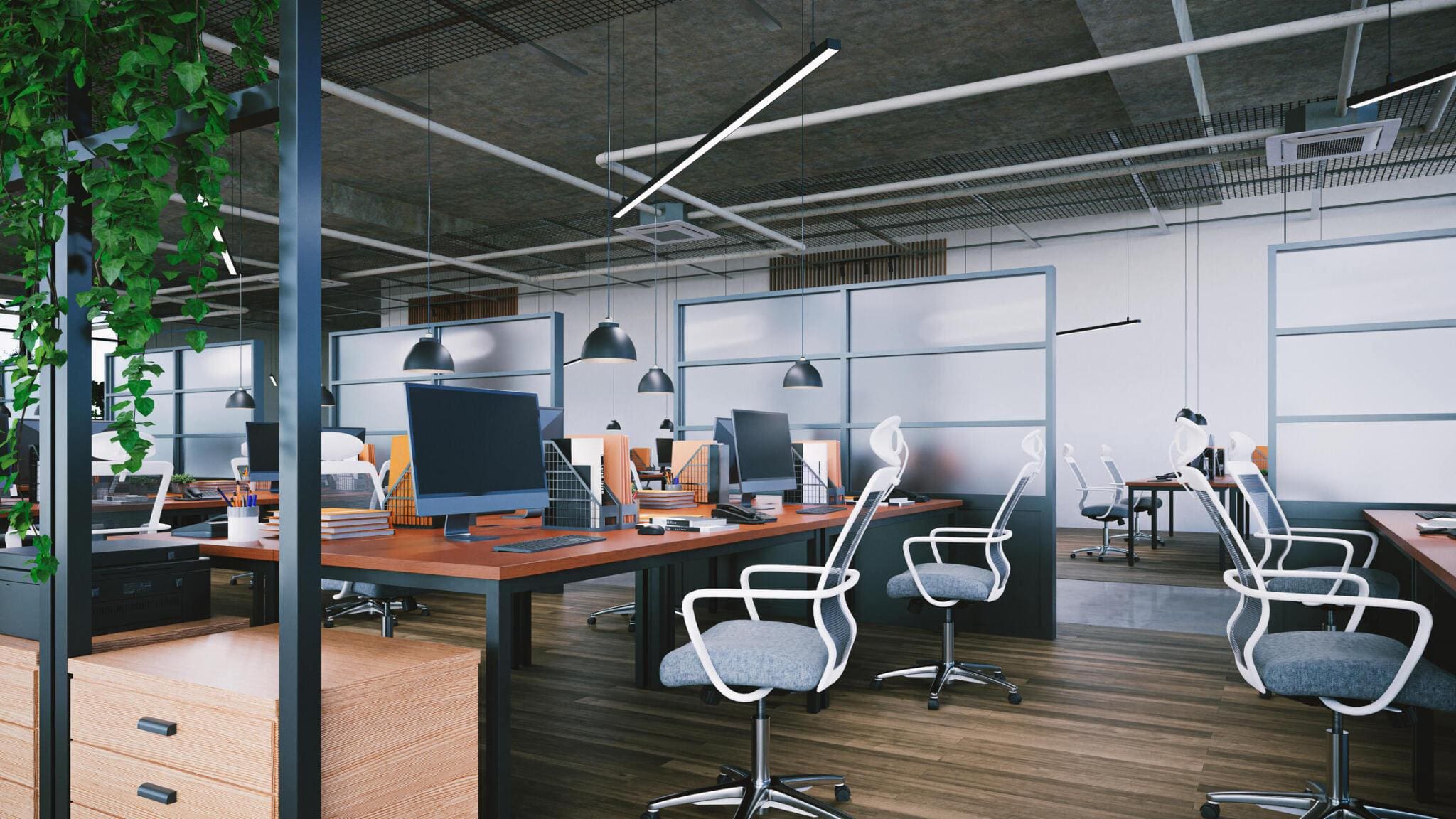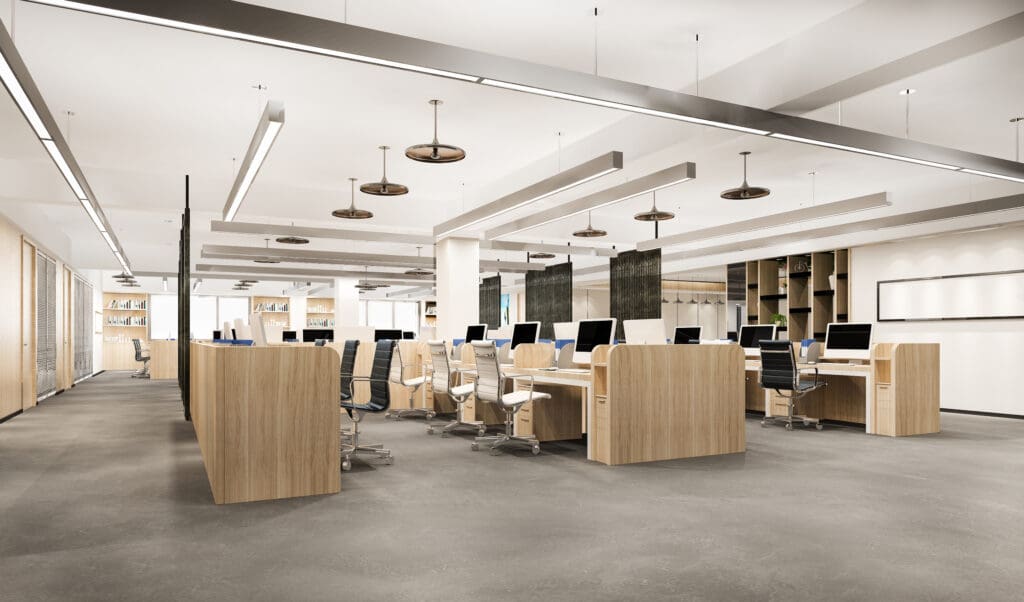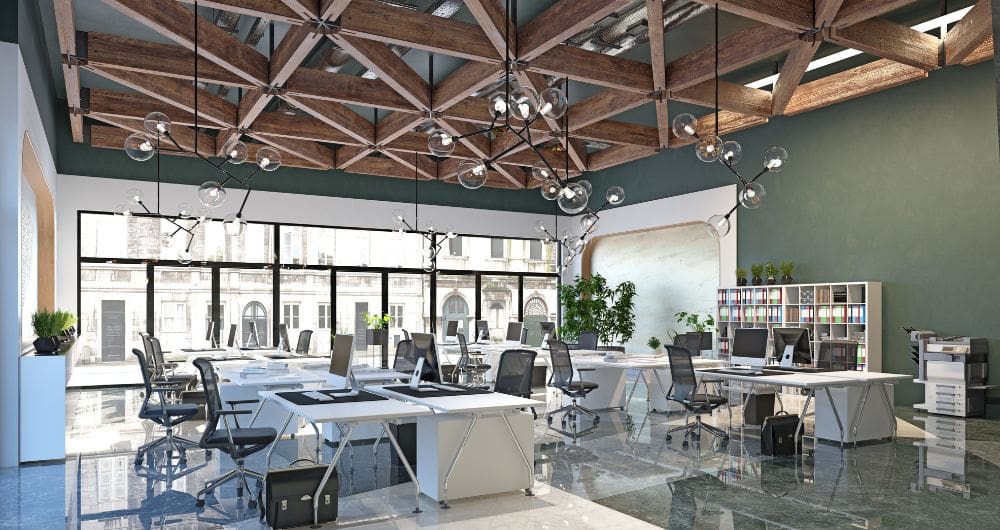The right furniture not only enhances the aesthetic appeal of the workspace but also plays a significant role in promoting good posture, reducing physical strain, and encouraging collaboration. From ergonomic chairs and versatile desks to collaborative workstations and storage solutions, selecting high-quality higher education office furniture can have a profound impact on the overall functionality and atmosphere of an educational setting.

Selecting the right office furniture for a higher education setting in White Plains NY, is crucial for creating a functional and appealing workspace. Here are seven essential tips to guide you in making the best choices for your needs.
When selecting higher education office furniture, one of the critical aspects to consider is your budget. Balancing cost with quality and functionality is essential to ensure you make the most of your investment while creating a conducive work environment.
It’s tempting to opt for the cheapest furniture available, but this approach can backfire in the long run. Instead, focus on finding a balance between cost, quality, and functionality. High-quality higher education office furniture may have a higher upfront cost, but it often offers better durability and comfort, which can lead to increased productivity and reduced replacement costs over time.
Tips for balancing cost with quality and functionality:
When furnishing a higher education office, consider purchasing in bulk. Many suppliers offer significant discounts for bulk purchases, which can help you save money while ensuring a consistent look and feel across your office spaces.
Benefits of bulk purchase discounts:
Selecting the perfect higher education office furniture begins with a thorough assessment of your needs. Understanding these requirements ensures that you make informed decisions that enhance the functionality and aesthetics of your office space.
The first step in selecting higher education office furniture is identifying the primary functions of the office. Ask yourself:
Understanding who will be using the office and their specific roles is crucial. Consider the following:
Creating a list of users and their roles helps in determining the type and quantity of higher education office furniture needed. For example, a space designed for administrative staff will have different requirements compared to a faculty office or a student advising center.
Different activities require different types of higher education office furniture. Make sure to consider:
When selecting higher education office furniture, the importance of ergonomic chairs and desks cannot be overstated. Ergonomic furniture is designed to support the natural posture of the body, reduce strain, and prevent discomfort and injury. Considering that sitting for long periods can weaken back muscles, ergonomic furniture helps mitigate these issues, making it essential in a higher education setting.
To cater to the diverse needs of individuals in a higher education environment, adjustable furniture options are a crucial aspect of selecting the perfect higher education office furniture. Adjustable furniture allows for customization to fit different body types and preferences, enhancing overall comfort and usability.
When choosing adjustable higher education office furniture, consider the following features:

When selecting higher education office furniture, quality and durability are paramount. These factors ensure that the furniture can withstand the demands of a busy educational environment and provide long-term value. Here are key considerations for ensuring you choose furniture that stands the test of time:
Choosing the right materials is crucial for the longevity of higher education office furniture. Durable materials not only enhance the lifespan of the furniture but also contribute to a professional and clean appearance.
Selecting materials that are resilient to daily wear and tear is essential. For example, desks and tables made from solid wood or high-pressure laminate can endure heavy use and still look new after years of service. Chairs with metal frames provide sturdy support, while performance fabrics on seating resist spills and stains, ensuring longevity and ease of maintenance.
Investing in higher education office furniture often comes with the expectation of long-term use, making warranty and maintenance important considerations. A comprehensive warranty provides peace of mind, while easy maintenance ensures the furniture remains in good condition. Warranty aspects to consider are:
When selecting higher education office furniture, careful consideration of space planning and layout is essential to create a functional and efficient workspace. This process involves several key steps:
Accurate measurement of the available space is the first crucial step in planning for higher education office furniture.
Efficient space utilization is vital in higher education office settings to ensure productivity and comfort.
When selecting higher education office furniture, the aesthetic and design aspects play a crucial role in creating an environment that reflects the institution’s identity and fosters a productive atmosphere. Here are some key considerations to keep in mind:
The furniture in a higher education office should seamlessly integrate with the overall branding and decor of the institution. This alignment not only enhances the visual appeal but also reinforces the institution’s identity and values. Consider the following:
Regardless of whether you opt for modern or traditional styles, maintaining a professional appearance is paramount in a higher education office setting. A well-designed office not only impresses visitors but also creates a conducive environment for staff and students. Consider the following elements:

Integrating technology into office furniture is crucial for creating a productive and efficient workspace. This is especially true for higher education institutions, where the need for seamless technology integration is paramount. Here are some key aspects to consider when selecting higher education office furniture that meets tech needs.
When choosing higher education office furniture, it’s essential to look for pieces specifically designed to accommodate technological requirements. Here are a few features to consider:
Modern higher education office furniture must accommodate a variety of devices. Here are some considerations:
As technology evolves, so do the needs of higher education institutions. When selecting higher education office furniture, it’s essential to future-proof your choices:
Investing in high-quality office furniture ensures durability, comfort, and long-term cost savings. High-quality furniture is often more ergonomic and better designed, leading to improved health and productivity. Additionally, it can withstand heavy use over time, reducing the need for frequent replacements and repairs.
In small spaces, choosing compact, multifunctional furniture can maximize efficiency. Wall-mounted desks, stackable chairs, and under-desk storage can save space while providing essential functionality. Additionally, furniture that can be easily reconfigured allows small spaces to adapt to various needs without compromising comfort or utility.
Current trends in higher education office furniture design include a focus on flexibility, sustainability, and technology integration. There is a growing demand for ergonomic and health-conscious designs, as well as furniture that supports remote and hybrid work models. Additionally, aesthetically pleasing and inviting designs are becoming more popular to create a welcoming environment for staff and students.
Regular cleaning, inspection, and proper use are key to maintaining office furniture. Use suitable cleaning agents for different materials, dust frequently, and clean spills immediately. Regularly check for and address signs of wear and tear like loose screws or damaged upholstery. Follow manufacturer guidelines on weight limits and use protective pads under heavy items to maintain structural integrity.
Office furniture is considered a type of equipment. It includes items such as desks, chairs, filing cabinets, and tables that are essential for setting up a functional office environment. Office furniture, like other equipment, is a tangible asset used in business operations.
Transform your academic workspace with top-quality higher education office furniture from Stamford Office Furniture. Located in White Plains, NY, we offer a wide selection of ergonomic, durable, and stylish furniture that perfectly balances cost with functionality. Upgrade your office today and experience the long-term benefits of investing in quality. Visit us in White Plains, NY, and see why Stamford Office Furniture is the premier choice for educational institutions.